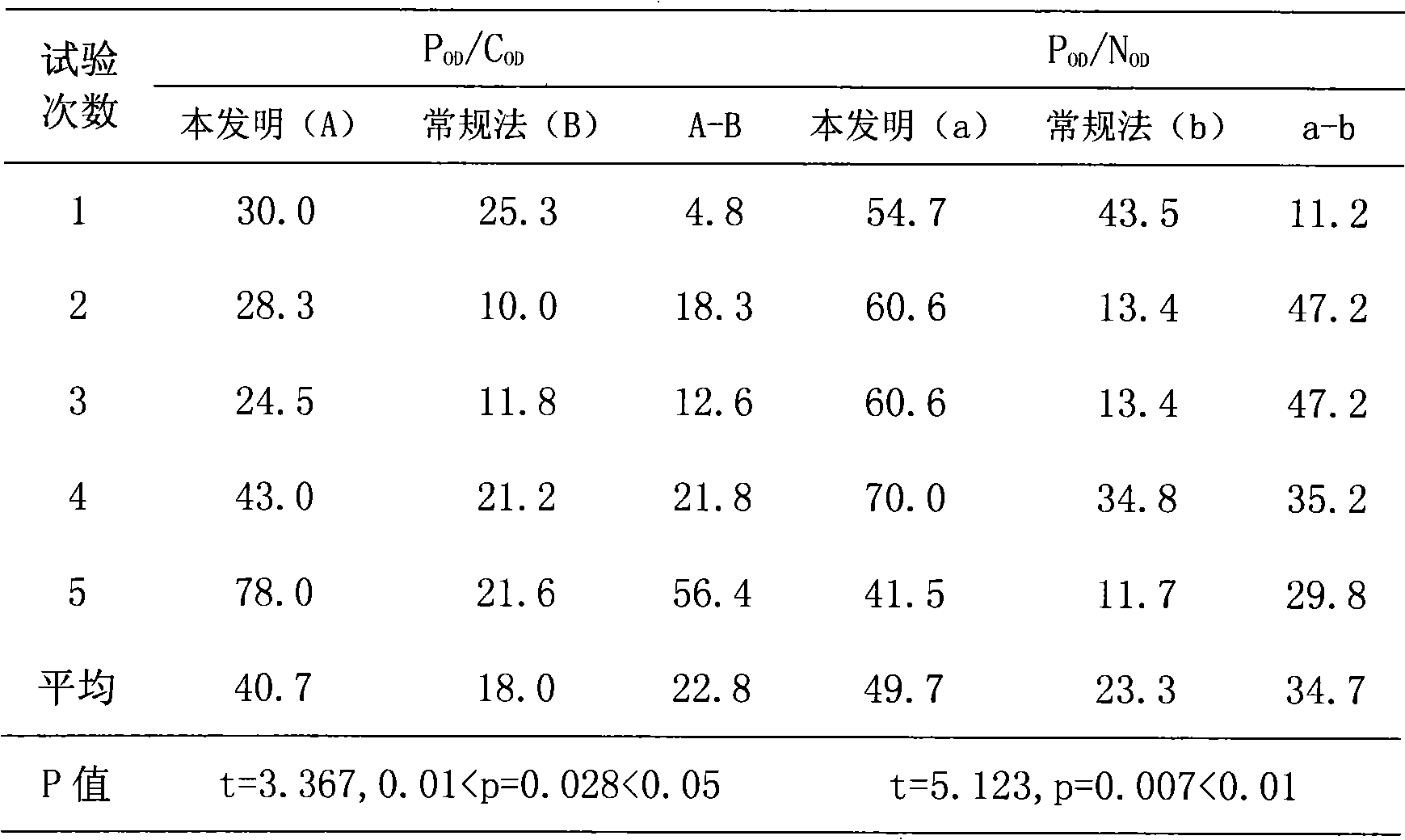Detection method of hepatitis A viral antigen
A hepatitis A virus and antigen detection technology, which is applied in the field of biology, can solve problems such as low sensitivity, high detection cost, and troublesome compound concentration ratio, so as to improve sensitivity and specificity, improve detection sensitivity, and shorten detection time. the effect of time
- Summary
- Abstract
- Description
- Claims
- Application Information
AI Technical Summary
Problems solved by technology
Method used
Image
Examples
Embodiment
[0027] 1. Preparation of anti-HAV serum
[0028] 1) Draw up 1ml of tissue-cultured HAV antigen (520EU / ml) with a disposable syringe, and immunize monkeys or other suitable animals after exhausting the air;
[0029] 2) Collect blood at 2, 3, and 4 weeks, and use the hepatitis A virus antibody diagnostic kit to detect the HAV antibody titer. When the titer is lower than 1:4000, booster immunization is required;
[0030] 3) When the anti-HAV titer reaches above 1:4000, the blood can be collected through the carotid artery, the serum can be separated, and stored below -20°C until use.
[0031] 2. Separation and purification of HAV-IgG
[0032] 1) Take a commercially available protein A or protein A / G affinity chromatography column, place it at room temperature for 30 minutes to equilibrate, and equilibrate the column with an equilibration solution 5 times the volume of the column;
[0033] 2) Mix the serum to be purified in the above step 3) with the conventional equilibrium so...
PUM
 Login to View More
Login to View More Abstract
Description
Claims
Application Information
 Login to View More
Login to View More - R&D
- Intellectual Property
- Life Sciences
- Materials
- Tech Scout
- Unparalleled Data Quality
- Higher Quality Content
- 60% Fewer Hallucinations
Browse by: Latest US Patents, China's latest patents, Technical Efficacy Thesaurus, Application Domain, Technology Topic, Popular Technical Reports.
© 2025 PatSnap. All rights reserved.Legal|Privacy policy|Modern Slavery Act Transparency Statement|Sitemap|About US| Contact US: help@patsnap.com



